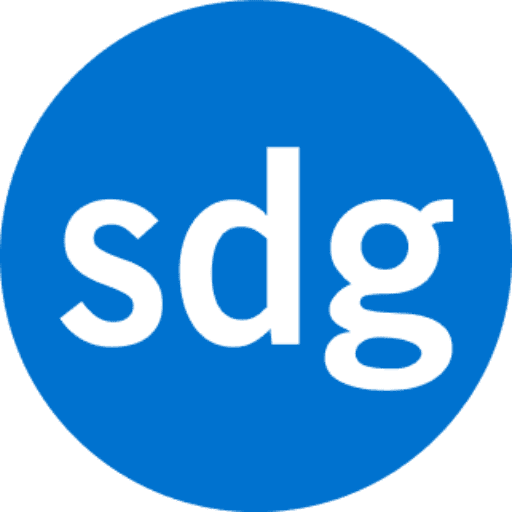Improv Games
GAME 1: Everybody Go!
Improv Game to practice supporting each other.
- Everyone on the team stands in a circle.
- One person starts by taking a step into the circle, saying ‘Everybody Go’ and performing any action, sound, movement, etc.
- Everyone else in the circle enthusiastically responds ‘Yes!’ together and repeats the action performed by the first player.
- Going around in the circle, each player should then have an opportunity to perform an action.
Notes: The group will likely find a natural rhythm and speed for the game, and the scrum master can also establish or change this as they see fit. Don’t think too much, and just have fun! Everyone is being a little silly and a little vulnerable together, and saying ‘Yes!’ to what was said or done without judgment is how everyone will feel the support of the group.
GAME 2: convergence
Improv Game to practice listening to each other.
- The improv game Convergence is a word game in which the object is to have two players guess the same word.
- Everyone stands in a circle and any two players count to three and say any one word.
- The rest of the players try to think of one word that best describes both of the words said by the original two players.
- When an idea comes, any player can raise their hand and say ‘one!’, meaning they’ve thought of a good word. Any other player can raise their hand and say ‘two!’, meaning they’ve also thought of a word. Those two players then count to three and say their word.
- The result is either both players say the same word and the game is won, or they say two different words and the game continues on using those two new words as the starting point.
More details are available here: https://improvgames.com/convergence/
GAME 3: yes, and!
Improv Game to practice welcoming change.
- Everyone on the team stands in a circle.
- One person starts by saying a simple statement.
- Going in a circle, each person will say the words ‘Yes, and’ and then build on the statement(s) that came before. See an example below.
Example:
“The river is full of crocodiles.” (opening statement)
“Yes, and one of them is enormous.”
“Yes, and he’s swimming toward us.”
“Yes, and he looks hungry.”
